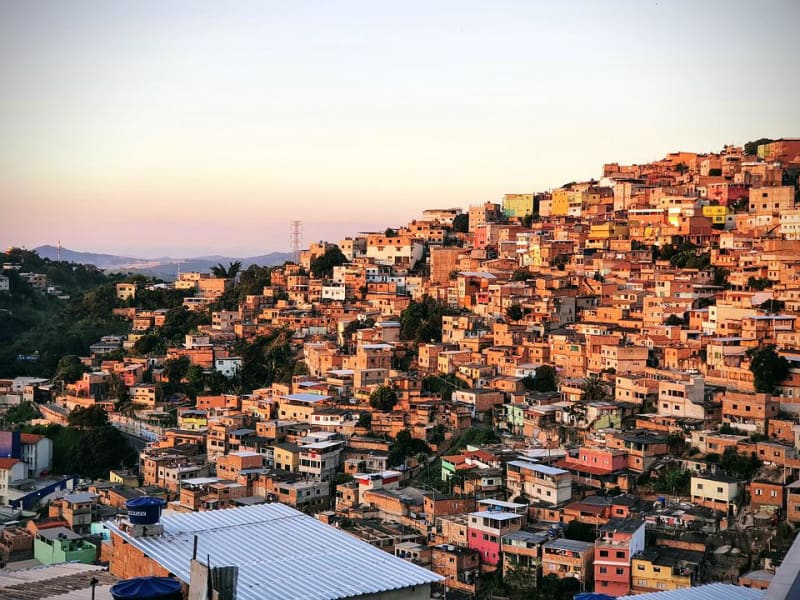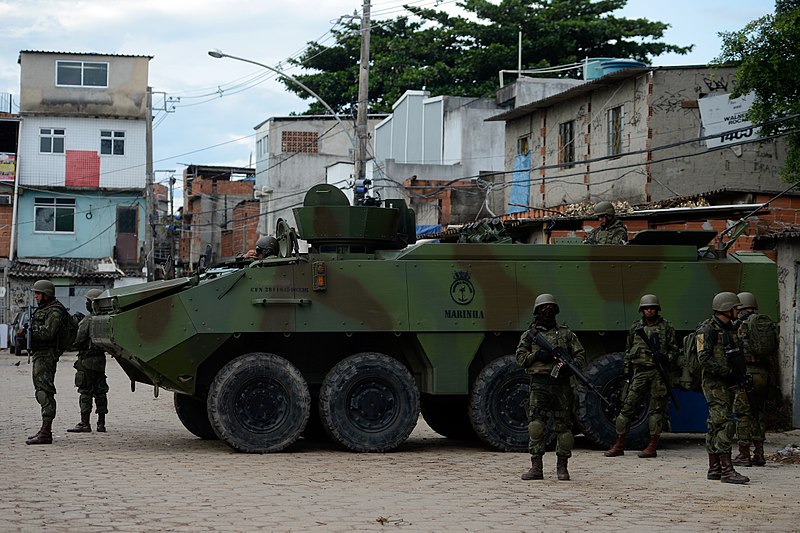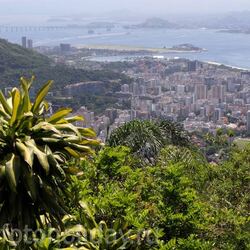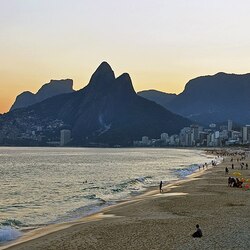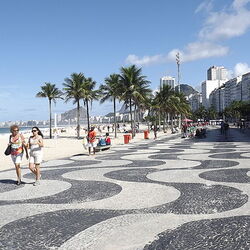Favelas Rio de Janeiro
Favelas are a common name for slums in Brazil, which arose in the local large cities at the end of the 19th century as a result of the decision of the authorities to demolish houses belonging to the poor. At that time, the once-empty territories of the hills and the outskirts of cities gradually began to turn into neighborhoods where there is still no water, heating and legal electricity supply.
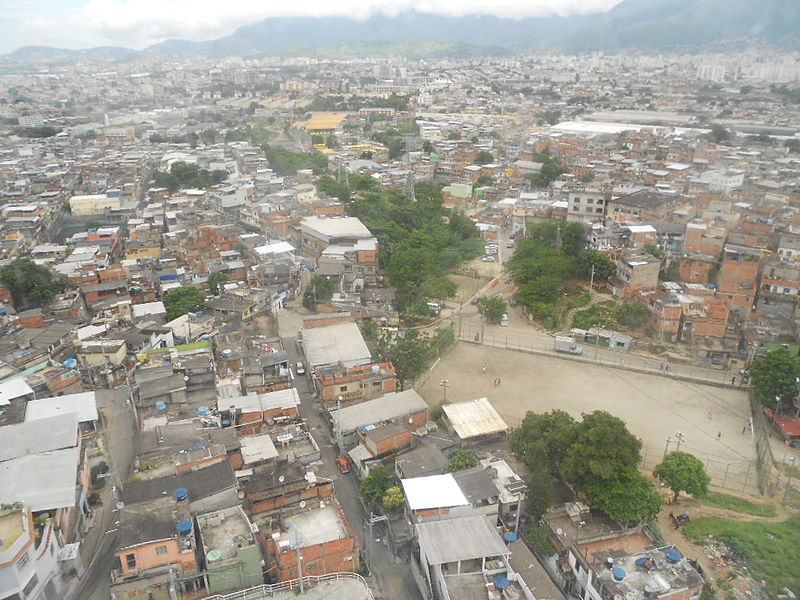
The history of favelas in Rio
Among the unique mountainous landscape of Rio de Janeiro, its fashionable districts and snow-white beaches, there are unsightly cardboard houses of Brazilians left without their own homes. They began to appear here from the middle of the 20th century, when a large number of people from all over the country rushed here in search of work. But there were not enough funds to rent or purchase normal housing, so it was built from improvised materials, as a rule, in the neighborhood of rich neighborhoods. Currently, the population of the favelas is one-fourth of the total population of the city.
The Brazilian Ghetto
Since these areas are not controlled by the state, banditry flourishes in them, which means theft, robbery, drug addiction and trafficking in cheap weapons used both for attack and self-defense. People live in conditions of unsanitary conditions and unemployment, surviving only by casual earnings or non-permanent work, while not receiving any education, medical care, or other qualified services typical of a normal lifestyle. Taxis and any public transport do not go here, and you will not meet ordinary residents of Rio. Such an extreme environment attracts some tourists, because a tour of these places is very similar to a survival quest.
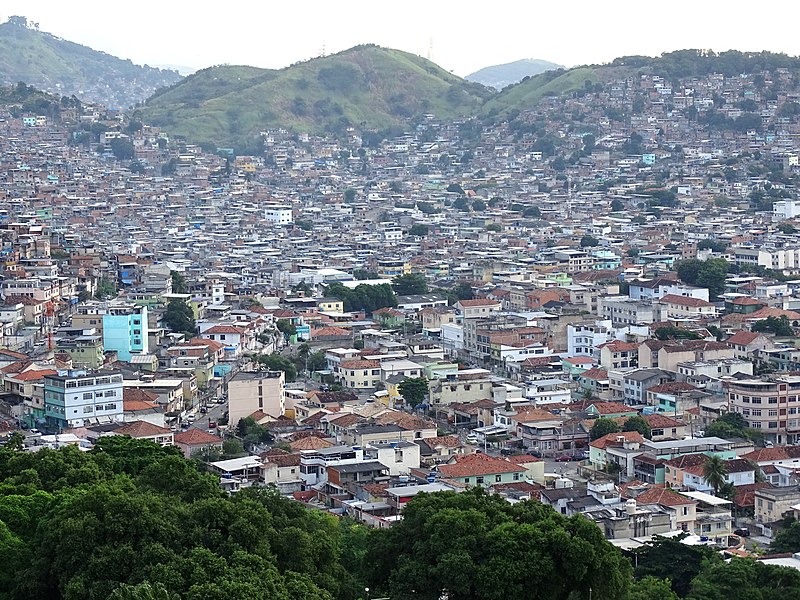
But it's worth noting that there are still more peaceful, hardworking people here than bandits. The latter, by the way, besides their main activities, are engaged in the construction of libraries and playgrounds, help the poor and organize festive events.
Rocinha and Santa Maria
The largest favela in Rio, as well as the whole country, is Rocinha, which has about 200,000 inhabitants. It is dominated by 2-3-storey brick houses, often even with Internet and satellite TV. There is a large central street, which is bordered by many very narrow streets. The air is filled with the aromas of Brazilian cuisine and, at the same time, the smog of sewage — a common phenomenon in all such areas.
Santa Maria, on the other hand, is the smallest slum in Rio, but it is very colorful because of the brightly colored houses. It is famous for the fact that in 1996 the filming of a music video with the participation of Michael Jackson took place here, in honor of which a golden statue of the great singer was erected.

